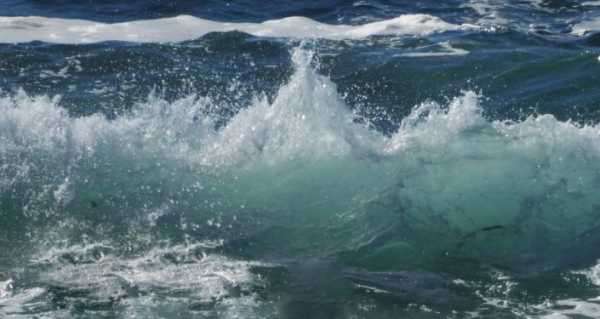
Plutonium is a radioactive chemical element that was once synthetically produced by Glenn T. Seaborg, Edwin M. McMillan, J.W. Kennedy and A.C. Wahl in 1940. The element is proven to be a key source of nuclear energy, and has been used in several experiments from nuclear weapons to nuclear batteries.
Researchers have reported that they have found rare forms of iron and plutonium along the bottom of the Pacific Ocean, possibly left behind after a supernova rained a nuclear storm down on Earth.
“These are the elements where we are still in a mystery,” Anton Wallner, a physicist with the Australian National University in Canberra, who led the international research team, said according to NPR. “We do not know exactly where they are produced and how much is produced in different sites.”
Many astronomers believe that some of Earth’s heaviest elements come from extraterrestrial sources like neutron star collisions or supernovas that explode in space and rain nuclear stardust upon Earth’s surface.
For some scientists like Hendrik Schatz, a physicist at Michigan State University, the new results are amazing, but only add to the mystery that plutonium is not generated by just any supernova.
Plutonium can be found in very low concentrations in the ore of uranium, which is located deep within the Earth away from normal human contact.
In order to produce enough of the radioactive element to, for example, create a nuclear bomb, scientists have studied synthesis reactors.
Through the use of chemical synthesis reaction, uranium can be transformed into plutonium. This form of chemistry has been tested in different experimentations, including the Trinity test in 1945 and the subsequent bombing of Nagasaki with “Fat Man,” whose large explosion was due to its solid plutonium core.
Sourse: sputniknews.com






